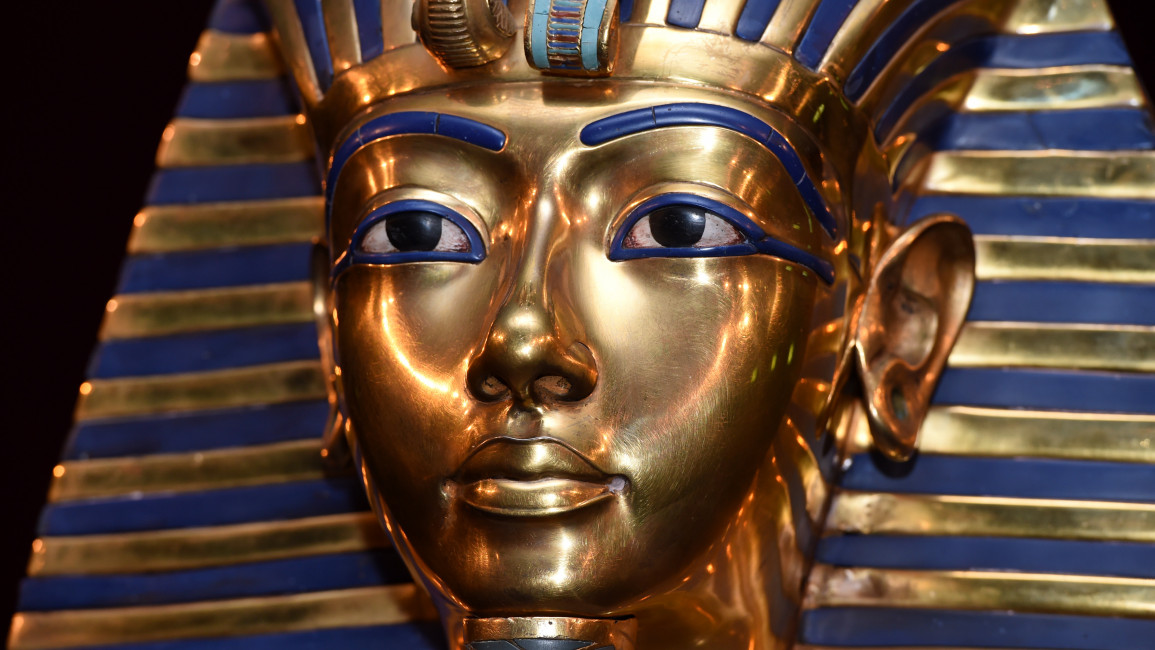New revelations as Egypt celebrates King Tut tomb discovery centennial
It was 4 November 1922, exactly 100 years ago, that British archaeologist Howard Carter first discovered the long-lost tomb of Ancient Egyptian King Tutankhamun in the Valley of Kings in Egypt’s southern Luxor city.
Little did Carter know at the time that the short-lived Pharaoh, also referred to as the boy king and King Tut, who was once consigned to obscurity, would make news headlines worldwide along with the man who made the discovery and give them perpetual fame.
It took Carter and his team about 10 years to recover and move the almost 5000 artefacts found inside King Tut's tomb to the Egyptian Museum in Cairo.
Now, the Grand Egypt Museum due to open soon near the Giza Pyramids will host Tut’s magnificent coffin, his iconic golden burial mask and other royal possessions.
“Even though the boy king was not significant in history, the contents of his grave being restored intact, are priceless,” renowned Egyptologist Dr Hassan Abdel-Baseer told The New Arab.
King Tut belonged to the 18th dynasty. He was the grandson of the great Pharaoh Amenhotep III and the son of King Akhenaten.
Akhenaten was known for being the first who embraced monotheism. During his 17-year rule, Akhenaten sought to overturn more than a millennium of the Egyptian pantheon to establish the worship of a single sun god.
Nevertheless, Akhenaten's experiment failed and he was succeeded by his son who restored the religion of the ancient Egyptians.
King Tut assumed power around 1334 B.C. at the age of 9 or 10. His age at the time when he came to power and when he passed away is subject to debate.
According to Baseer, the boy King was 18 when he died. Other scholars, however, say that he was 19.
Thanks to modern tools, Egyptian and western archaeologists and Egyptologists managed to unveil new secrets about the short-lived reign of Tutankhamun, including his health condition and the probable cause of his death.
“King Tut had many medical conditions, probably due to endogamy," Baseer said, in reference to inbreeding within the royal dynasty. "He had a leg injury and died from malaria, which has been discovered through DNA tests and CT scans of his mummy, last undertaken in 2016,” Baseer added.
“There were 131 canes found in his grave, indicating that he was frail and could not walk normally at such a young age,” he added.
The manuscripts found in the tomb revealed other facts about Tutankhamun’s short life.
“Two unformed female embryos were found in the grave as well as natural plants used as sexual stimulants. The plants, arguably, believed to be used by him in the afterlife to bring to the world a crown prince,” Baseer concluded.
Thousands of miles from Cairo, Beyond King Tut a new exhibition is also opening on Friday in New York City , commemorating the 100th anniversary of King Tut’s tomb being discovered.



